33+ Sample Strategic Communication Plan
-
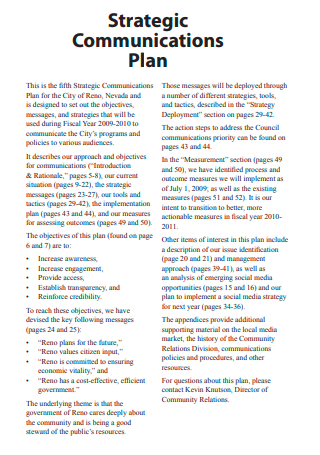
Strategic Communication Plan Template
download now -
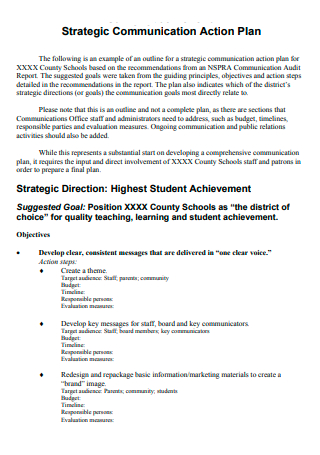
Strategic Communication Action Plan
download now -
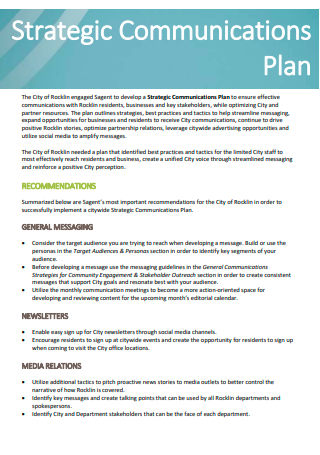
Strategic Communication Plan Example
download now -

Printable Strategic Communication Plan
download now -
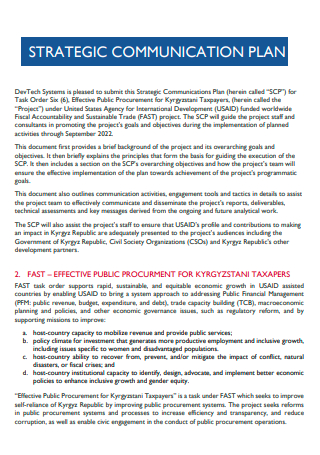
Standard Strategic Communication Plan
download now -
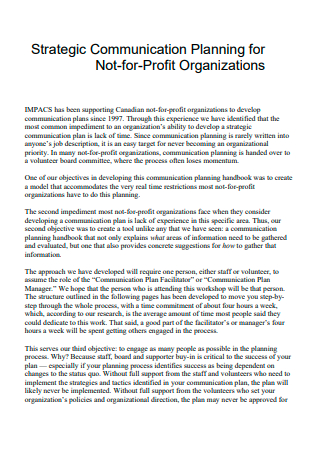
Strategic Communication Planning For Not-For-Profit Organizations
download now -
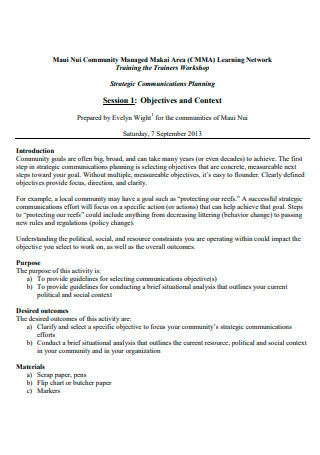
Strategic Communication Planning For Training
download now -
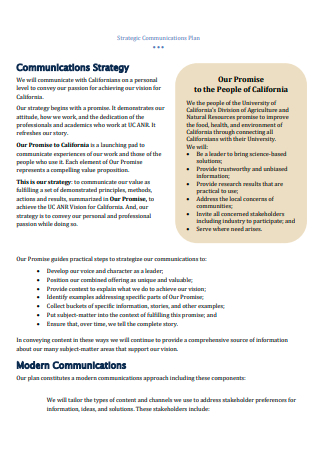
Strategic Communication Plan in PDF
download now -
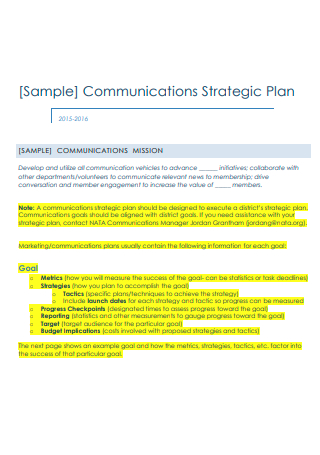
Sample Strategic Communication Plan
download now -
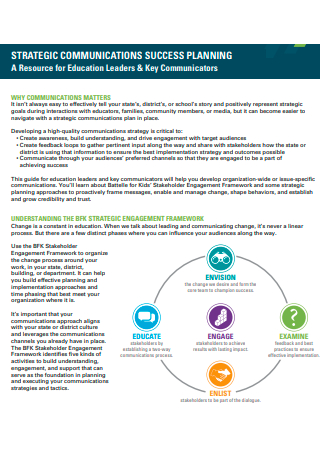
Strategic Communication Success Planning
download now -
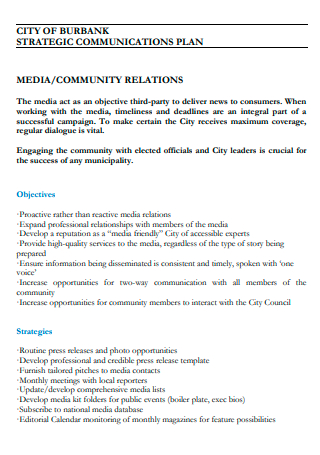
Draft Strategic Communication Plan
download now -

Formal Strategic Communication Plan
download now -
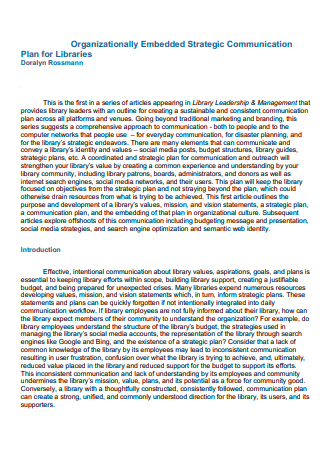
Embedded Strategic Communication Plan
download now -
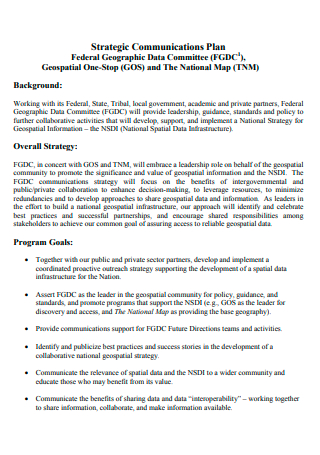
Basic Strategic Communications Plan
download now -
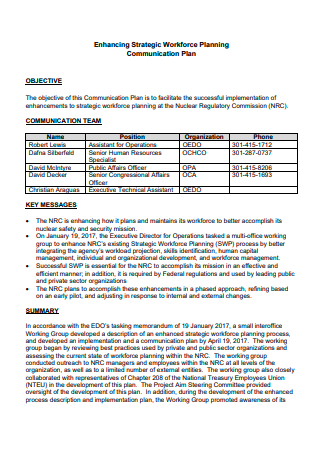
Strategic Workforce Planning Communication Plan
download now -
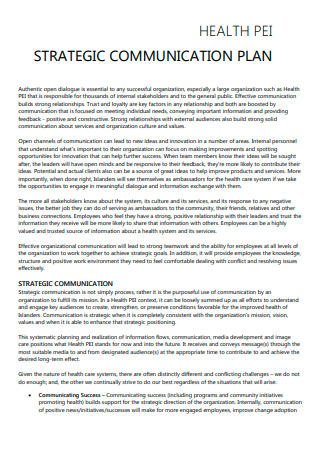
Health Strategic Communication Plan
download now -
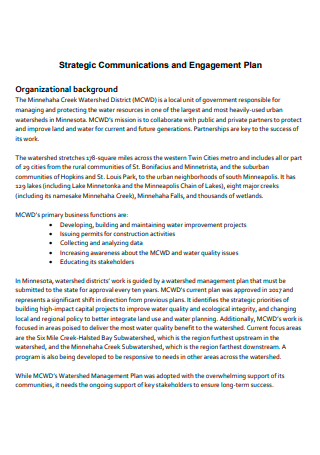
Strategic Communications and Engagement Plan
download now -
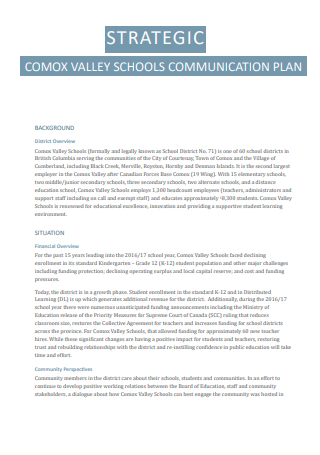
Strategic Schools Communication Plan
download now -

Strategic Communication Plan For Family
download now -
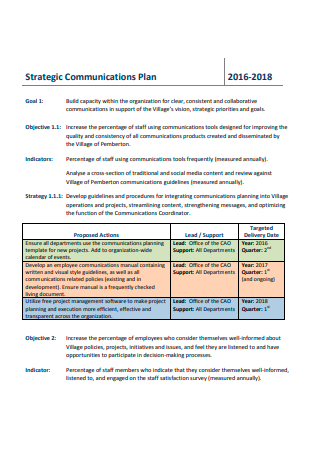
Strategic Communication Plan Format
download now -
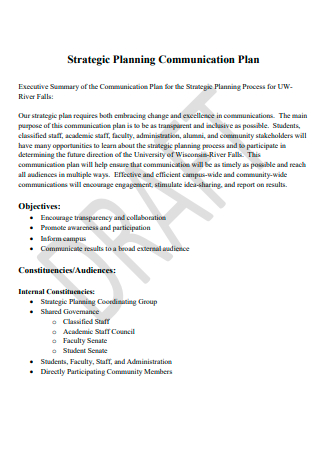
Strategic Planning Communication Plan
download now -
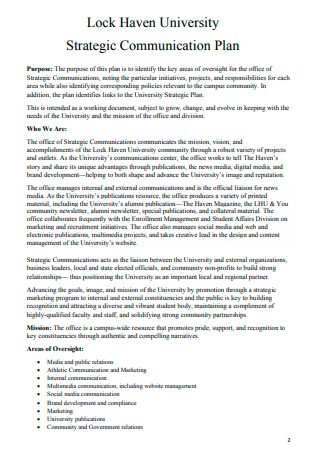
University Strategic Communication Plan
download now -
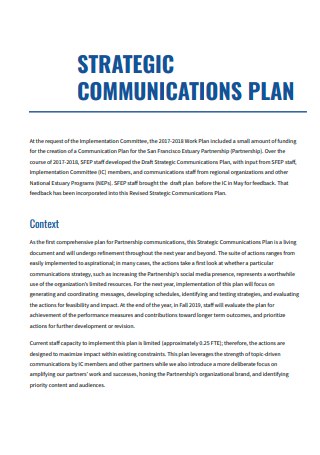
Simple Strategic Communication Plan
download now -
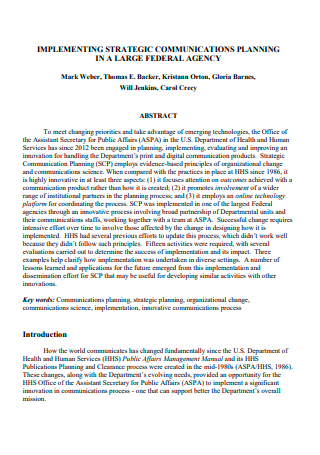
Implementing Strategic Communication Plan
download now -
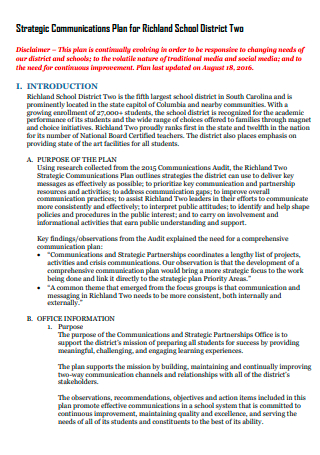
School District Strategic Communication Plan
download now -
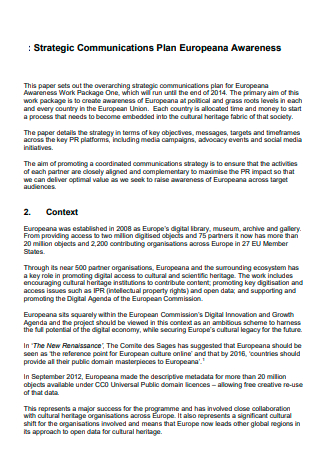
Strategic Communication Plan Awareness
download now -
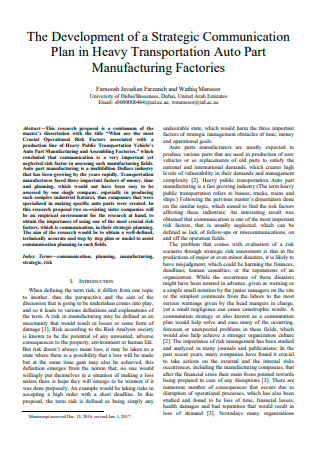
Development of Strategic Communication Plan
download now -
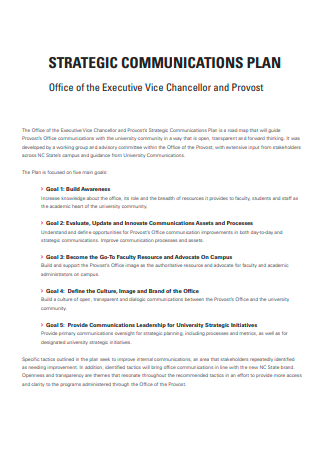
Office of Executive Strategic Communication Plan
download now -
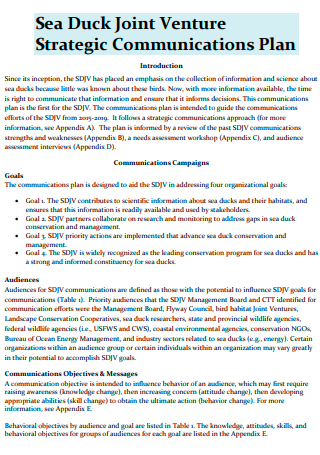
Joint Venture Strategic Communication Plan
download now -
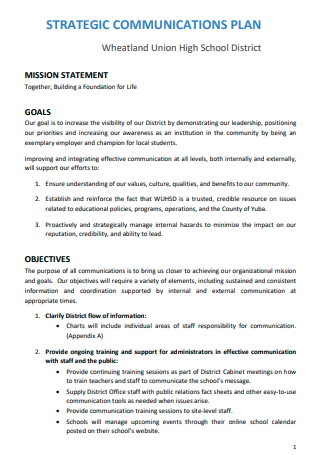
Union High School District Strategic Communication Plan
download now -
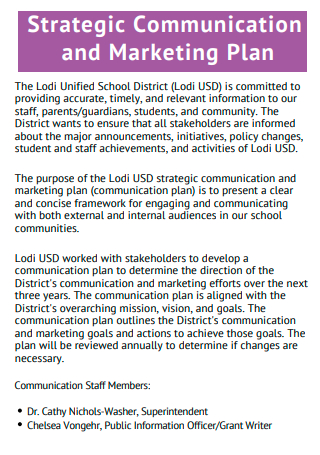
Strategic Communication and Marketing Plan
download now -

Strategic Communication and Community Engagement Plan
download now -
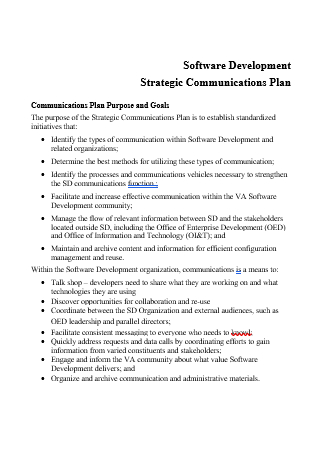
Software Development Strategic Communication Plan
download now -
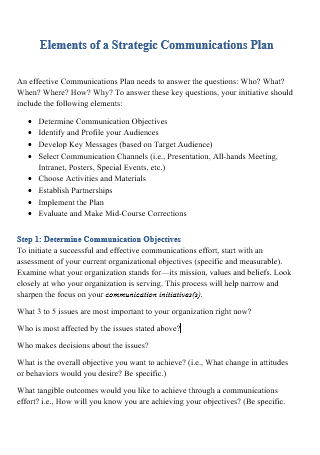
Elements of Strategic Communication Plan
download now
FREE Strategic Communication Plan s to Download
33+ Sample Strategic Communication Plan
What Is a Strategic Communication Plan?
Components of a Strategic Communication Plan
How To Write a Strategic Communication Plan
FAQs
What are the three main strategic communication goals?
What are the types of communication strategies?
What is the purpose of a strategic communications plan?
What Is a Strategic Communication Plan?
A strategic communication plan is a business document and a written plan that outlines communication to team members on the organizational objectives. The document contains detailed information and strategies that help engage employees with various techniques to stimulate performance that leads to organizational success. The plan serves as the foundation for all communication and marketing activities. It also identifies the business’ priority communication goals and clients and outlines a structured framework for understanding and executing the different strategies. In organizing a long-term plan for programs, public education, and advocacy efforts, the company becomes proactive and strategic in its decisions. It also allows organizations to utilize resources more effectively by emphasizing positive synergies and shared opportunities to form lasting relationships through the programs and work areas. The main goal of the strategic communication plan is to connect with the target audience.
According to the book The Balanced Scorecard, the authors David Norton and Robert Kaplan present helpful information that 90 percent of organizations find it challenging to accomplish and perform strategies effectively. One of the factors they focus on as a significant contributor to the failure of executing techniques is the lack of strategic planning and constant communication internally and externally.
Components of a Strategic Communication Plan
A strategic communication plan is an essential document that guarantees business success in the long term. As the communication plan seeks to accomplish the short and long-term goals of the company, the plan must possess clear distinctions and sections to emphasize and describe the activities and objectives of a particular project. Below are essential elements when writing a strategic communication plan to get the company going smoothly.
How To Write a Strategic Communication Plan
Align the content towards the audience to build support and drive the changes and improvements that need to happen to leverage the company’s behavior towards its intended reputation. The strategic communication plan is essential for institutions, agencies, and businesses to look over accomplishments and reorganize for the coming year. It takes time and effort to create a strategic communication plan, especially for individuals who have no prior knowledge of it. Below is a helpful guide to writing a comprehensive and effective strategic communication plan for your organization.
-
1. Establish a Communication Audit
Begin your strategic communication plan by conducting comprehensive research and data analysis to gain an understanding of the budget and stocks. This allows you to identify the strengths and weaknesses, opportunities and risks, and resources the company currently possesses. It also allows you to distinguish the audience’s needs. There are various ways to conduct a communication audit. One is through a SWOT analysis to identify elements to accomplish the initiatives and investments you have for each department.
-
2. Determine the Communication Goals and Objectives
After building the communication audit, align the company mission and values, stemming towards the source of the company’s direction. The principal goal is to get the target audiences to think, believe, and act towards supporting organizational goals. The communication objectives serve as a statement to deliver concrete facts and information for the audience to feel that they have to take action to achieve the identified outcomes.
-
3. Identify the Key Target Audiences and Develop Key Messages
As stated earlier, there are different classifications of audiences, and it is necessary to focus on the primary and secondary audiences. The first one refers to the individuals or groups that you want to influence to achieve the communication outcomes. The secondary audience represents persons or entities that can directly affect the primary audience. The step also allows you to consider how the audience views programs and activities the organization currently provides. Remember that different people receive different messages accordingly. Make sure that the messages you produce are simple, concise, catchy, yet informative. Deliver them with consistency and coherency to influence individuals to perform the company initiatives.
-
4. Develop a Strategy and Implementation Plan
Develop an effective strategy to get your message through the audience. If the goal serves as the destination, the plan serves as the comprehensive roadmap. Preparing a strategy helps plan and make the necessary decisions and actions when allocating resources. This step also allows you to build techniques to employ audience groups using relevant timelines and milestones to consider the plan a success. The strategy must be malleable and open to change, reflecting the vision, mission, goal, and objectives of the organization.
-
5. Develop a Planning Calendar
An essential step to implementing the strategic communication plan is to monitor whether the strategies you enforce work out within the timeline. It helps the company to stay on track with the different tactics they implement for a year. The planning calendar helps the organization and the management to identify effective strategies and which ones need revising and improvement.
-
6. Determine the Measurement Criteria
Remember that communication is not a one-sided process. Meaning, there must be a thorough assessment process from beginning to end for the company to identify which strategies are effective and those that need revisions. The review details the indicators to monitor and evaluate techniques and activities that resonate with the desired outcomes and objectives.
FAQs
What are the three main strategic communication goals?
Strategic communication strategies focus on achieving three principal outcomes for the organization. The SMART goals the company must concentrate on consist of raising awareness, changing attitudes, and motivating or influencing people to take action.
What are the types of communication strategies?
There are seven communication strategies present in various industries and businesses. The nomination strategy describes a specific subject clearly and truthfully with relevance. Repair overcomes communication breakdown to deliver comprehensive messages. Termination is a strategy that uses verbal and nonverbal cues to end conversations. Restriction refers to any limitation that a speaker possesses, including restrains in relaying information. Turn-taking is the idea of giving all speakers a chance to communicate their thoughts and ideas. Topic control stresses procedures to ensure the smooth development of discussions and other methods of communication. Topic shifting pertains to the ability to switch between one topic to another.
What is the purpose of a strategic communications plan?
The purpose of creating a strategic communications plan is to integrate a company’s program and advocacy efforts to specific individuals or groups of people. Through strategic planning of communication, the company is in a position to be more proactive. It also allows the organization to utilize materials and resources more effectively and strategically.
Many companies fail at building a strong relationship and communication with their target audience, resulting in miscommunication and misinformation. To counter this, organizations must establish comprehensive strategic communication plans that identify the target audience, have SMART goals and objectives, possess a key messenger and communication strategy, and a process of measuring the effectiveness of proposed plans. Start creating a strategic communication plan for your company by downloading the available samples above for your convenience.
